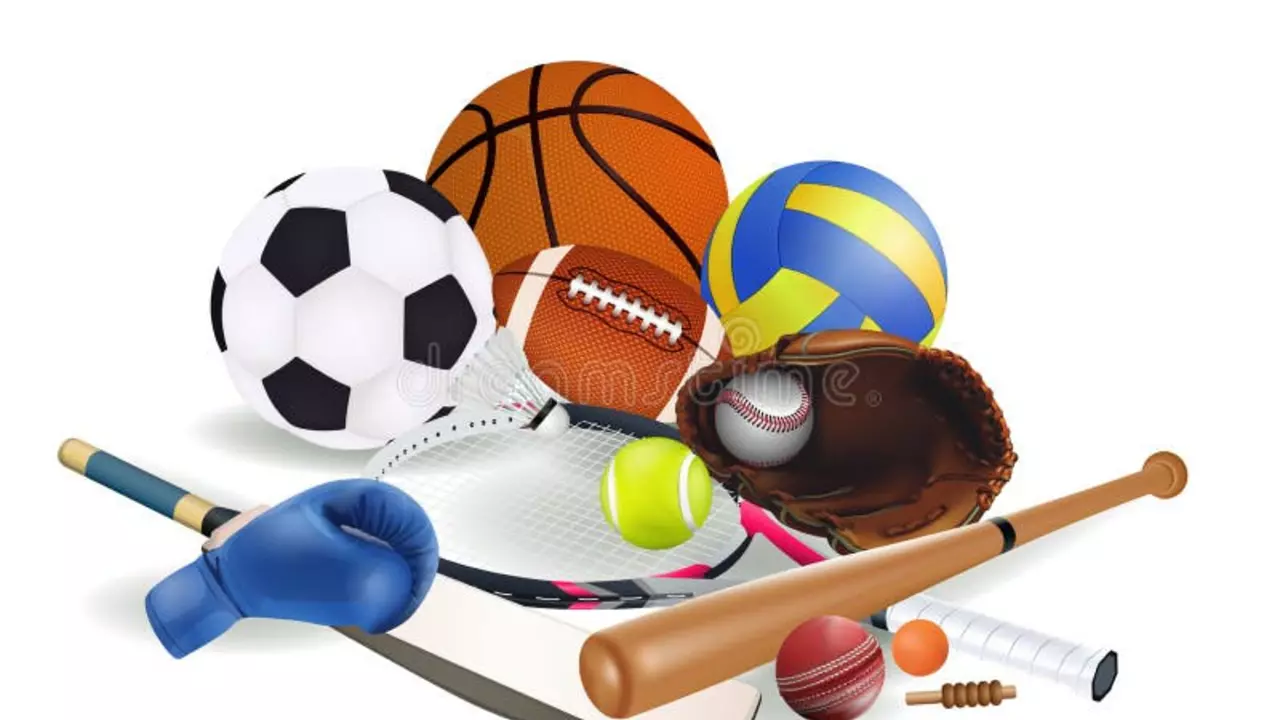Sports Equipment Guide – What You Need to Know
When you’re gearing up for a match or a training session, the right equipment can make the difference between a good day and a great one. From cleats that grip the turf to jerseys that feel comfortable, there’s a lot to think about, but you don’t have to get lost in the details. Let’s break down the basics so you can pick what works for you without spending hours searching.
Choosing the Right Soccer Cleats
First up, cleats. They’re the most direct link between your foot and the pitch, so comfort and traction matter. If you play on firm grass, look for studs that are firm and evenly spaced – they give you a solid push off without sinking too deep. For softer, muddy fields, longer, tapered studs help you stay upright and prevent slipping.
Material matters too. Kangaroo leather feels soft and molds to your foot, but it gets heavy when it gets wet. A quick spray of water‑proofing can help, but if you’re in a rainy climate, synthetic leather or a high‑tech mesh might be a safer bet. Those make‑up‑for‑wet‑weather cleats stay lighter and dry faster.
Fit is personal. Try them on with the socks you actually wear in games; a snug heel and a little wiggle room at the toes is ideal. If you feel any pressure points after a short run, that’s a sign the size is off. Remember, a good pair will feel like an extension of your foot, not a clamp.
Replica Jerseys: How to Spot Quality
Replica jerseys are a big part of the fan experience, but not all of them are created equal. The main things to watch are stitching, fabric, and the official badge. Genuine replicas use double‑stitched seams that stay together after many washes. If you see loose threads right away, it’s probably a cheap knock‑off.
Fabric is another clue. Breathable polyester blends feel smooth and dry quickly, while lower‑cost cotton blends can get heavy and sweaty. Check the label: a weight of around 150‑180 g/m² is typical for a quality replica.
Finally, the badge. Official club logos are embroidered or printed with a clear, sharp finish. If the logo looks blurry or is just a sticker, you’re likely looking at a fake. Buying from reputable sellers reduces the risk, but a quick visual check saves you from disappointment.
Beyond cleats and jerseys, the right ball, shin guards, and a sturdy bag round out a solid kit. A ball that’s FIFA‑approved gives consistent bounce and feel. Shin guards should cover your shin from top to bottom and stay in place with a snug strap. A bag with separate compartments keeps everything organized and reduces wear on your gear.
Maintenance is the hidden secret to getting the most out of your equipment. Rinse cleats after a rainy game, let them air‑dry away from direct heat, and apply a leather conditioner if they’re made of leather. Wash jerseys inside‑out on a gentle cycle, and avoid fabric softeners—they can break down the moisture‑wicking properties.
Bottom line: you don’t need the most expensive gear to play well, but you do need items that fit your playing conditions and personal comfort. Test a few options, read real‑user reviews, and stick to the basics we covered. With the right equipment, you’ll feel more confident, move faster, and enjoy the game more – that’s the real win.
